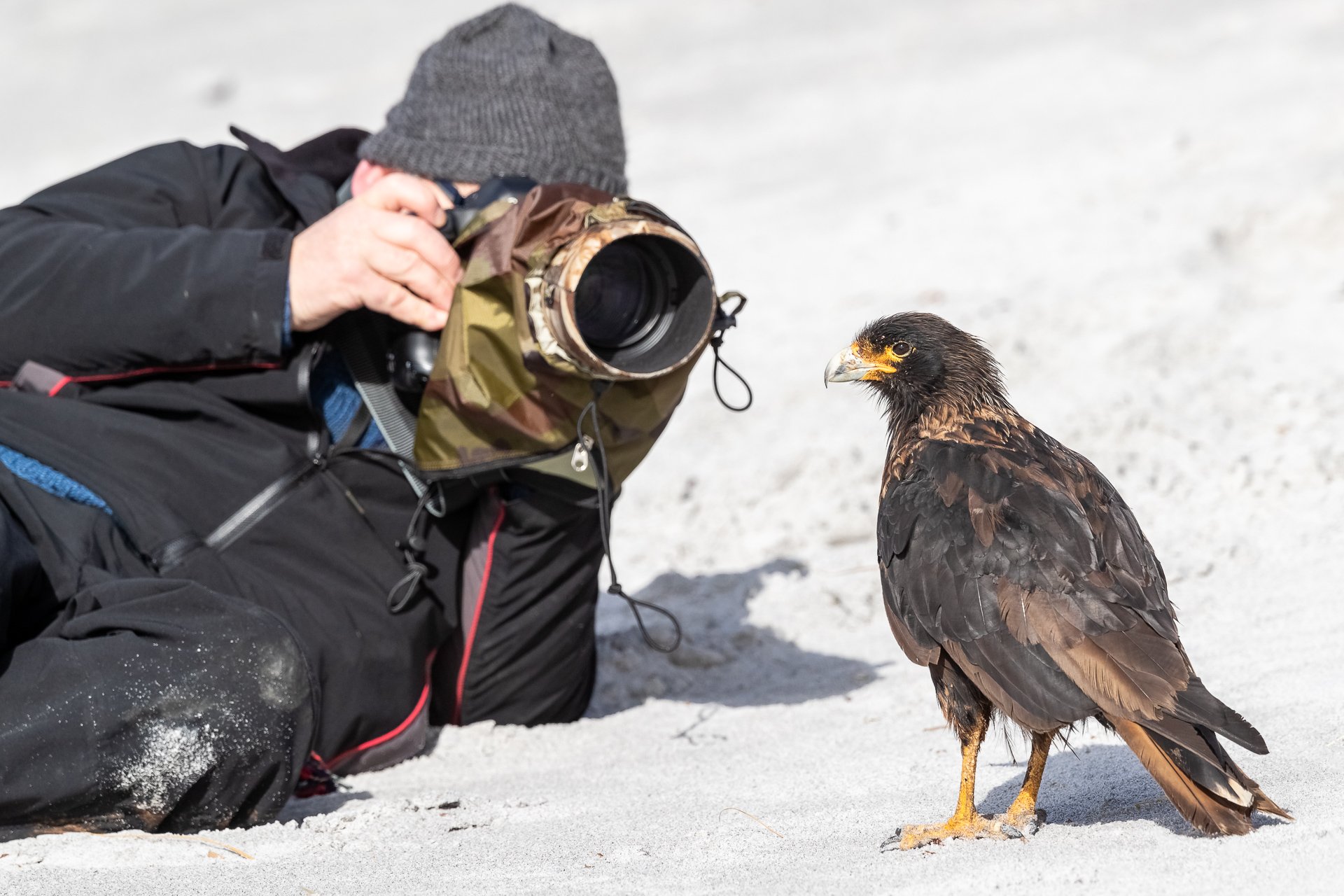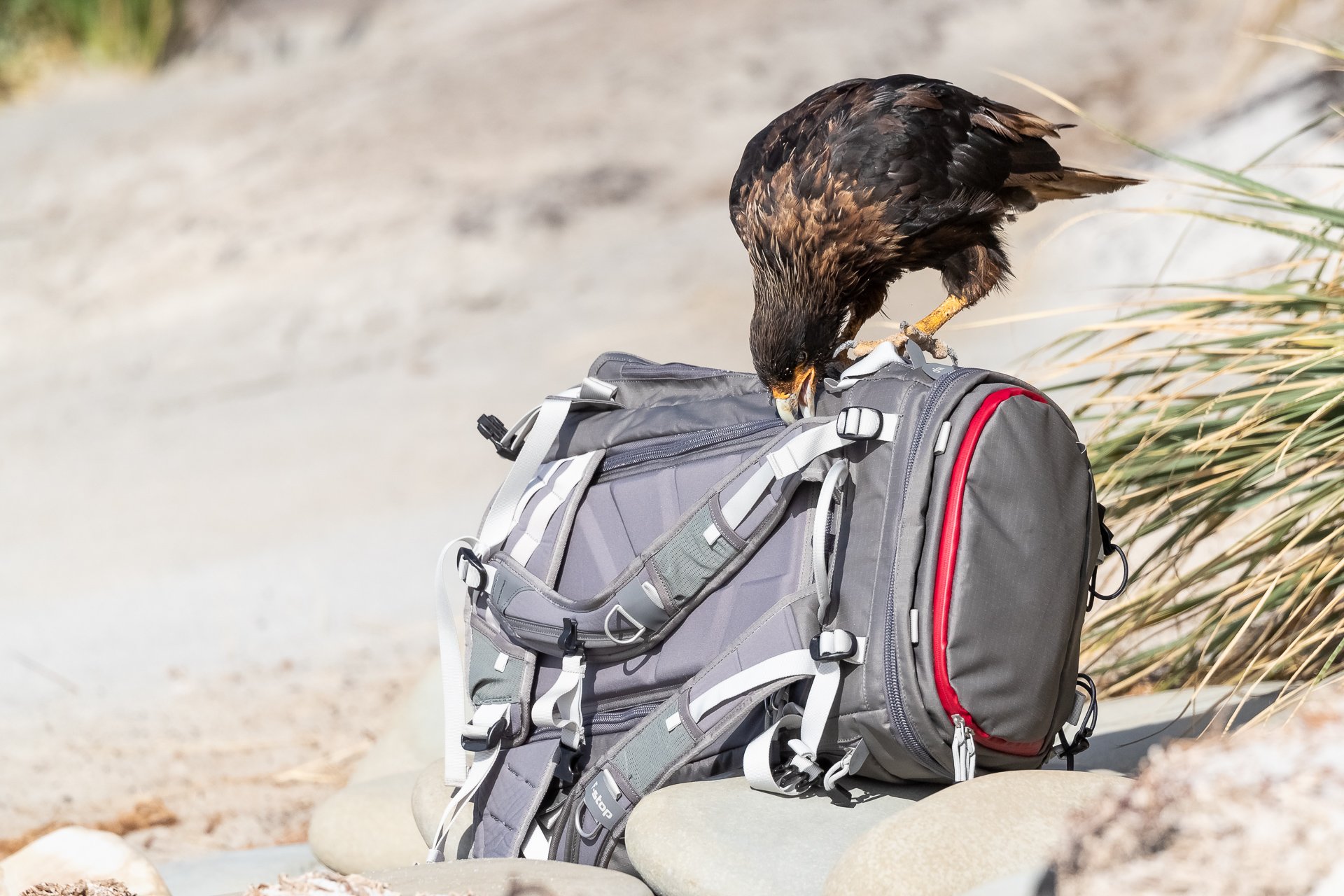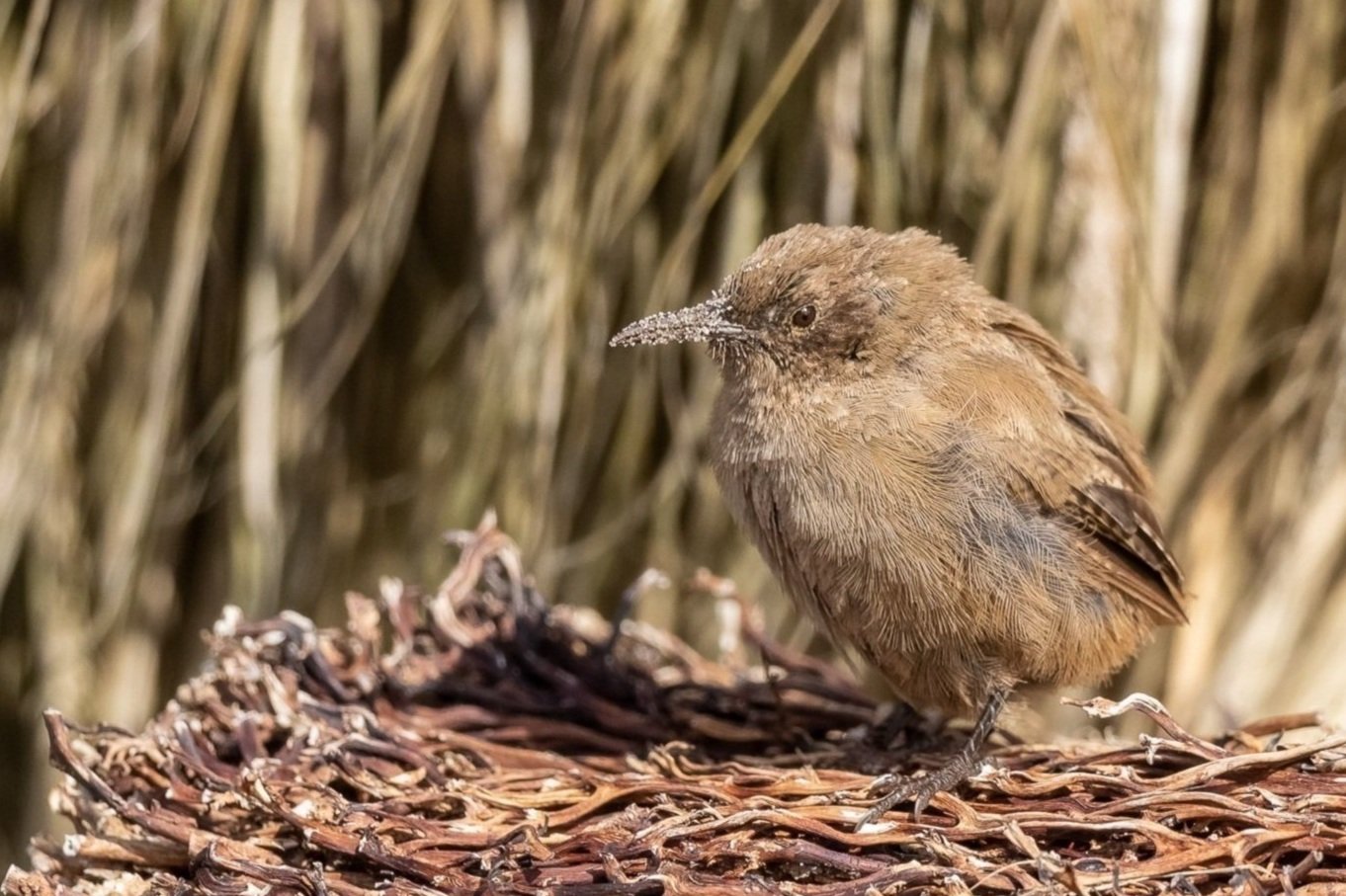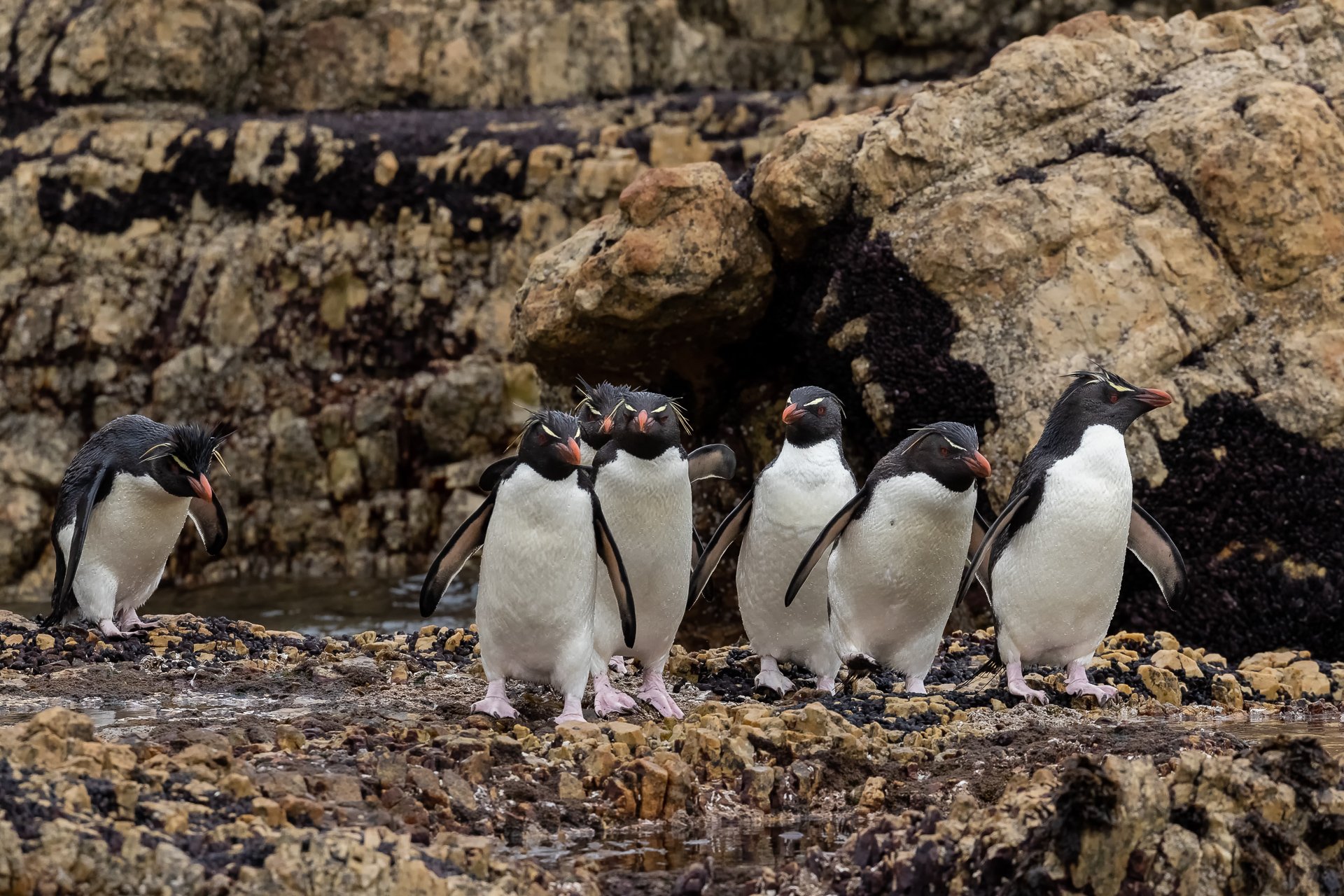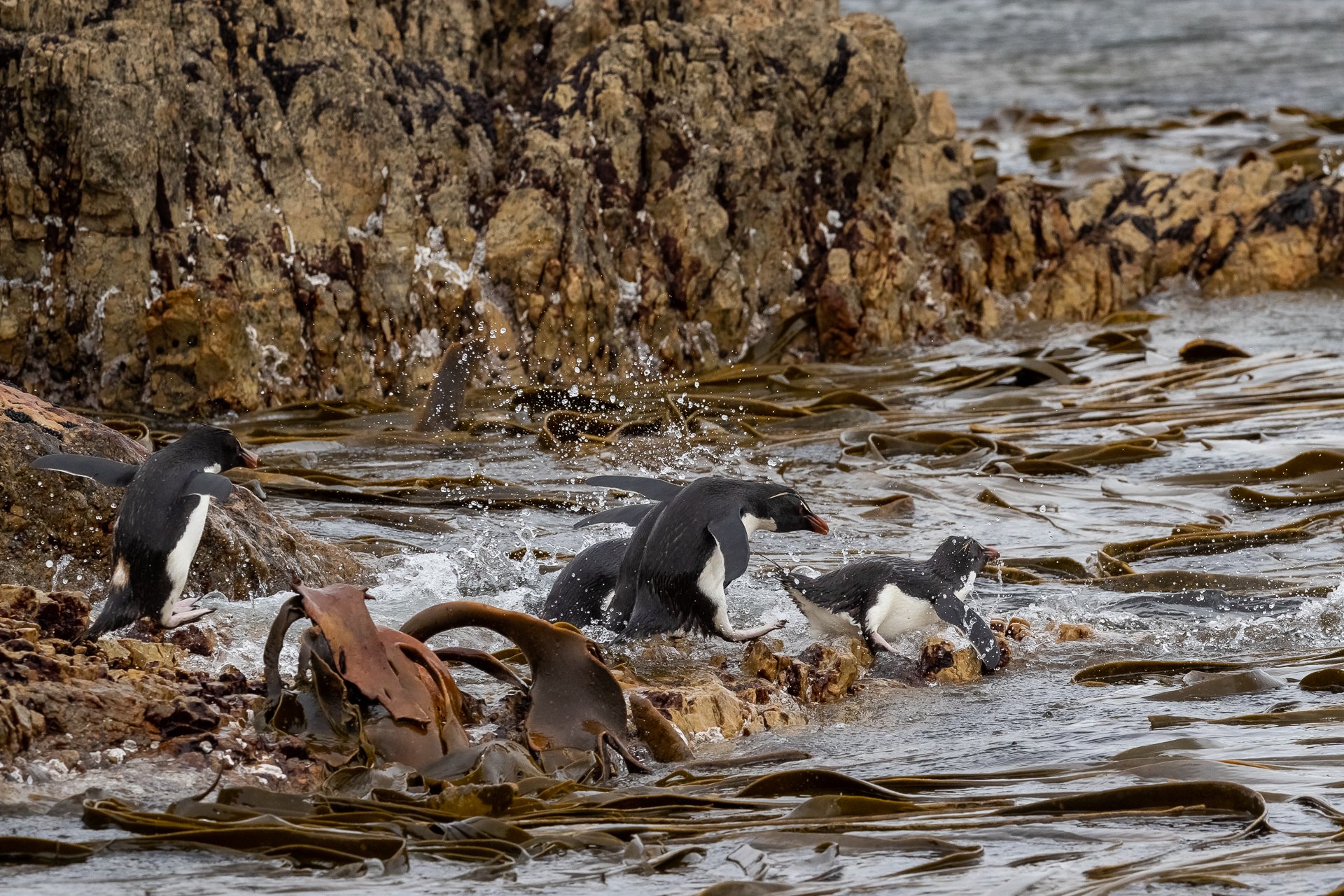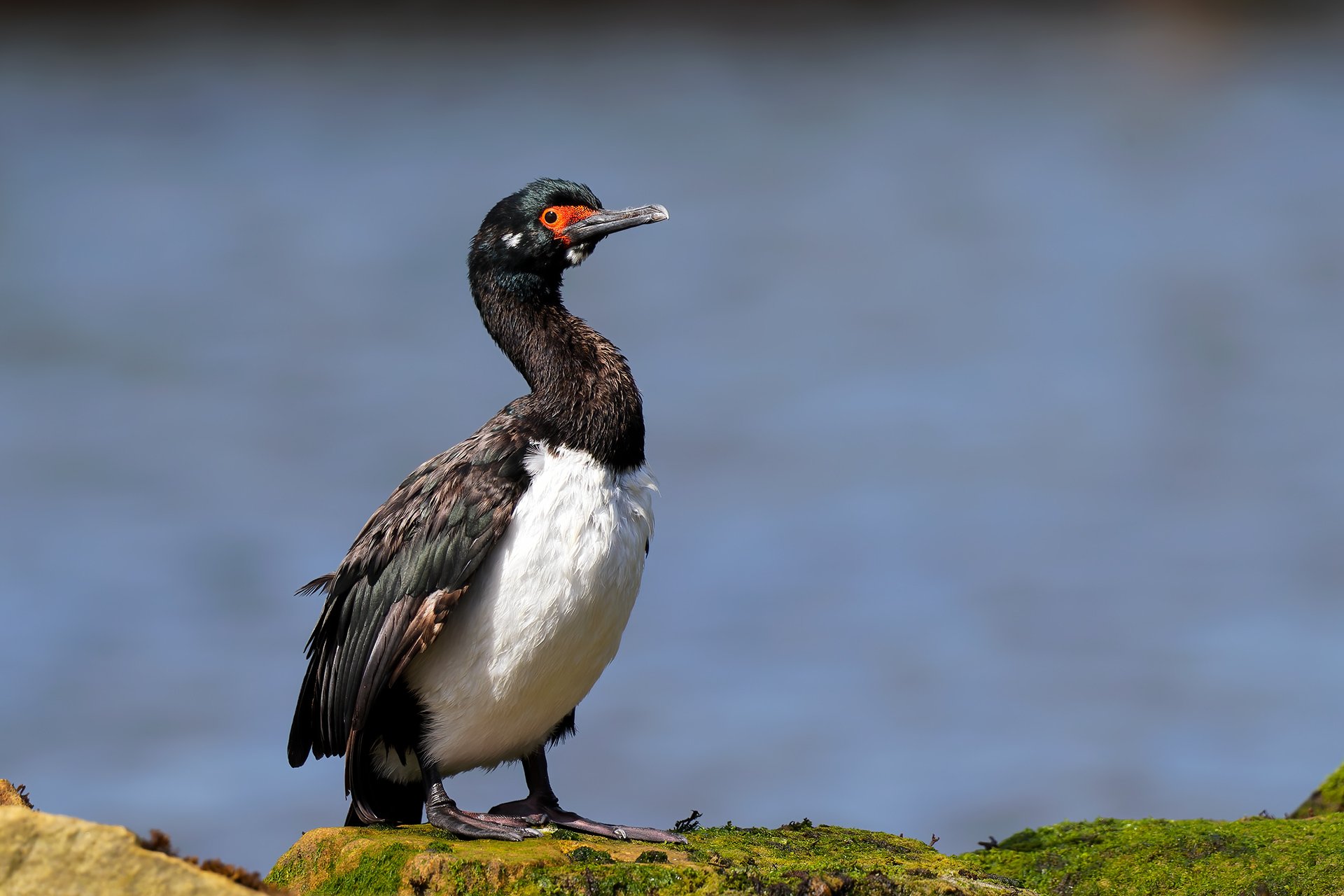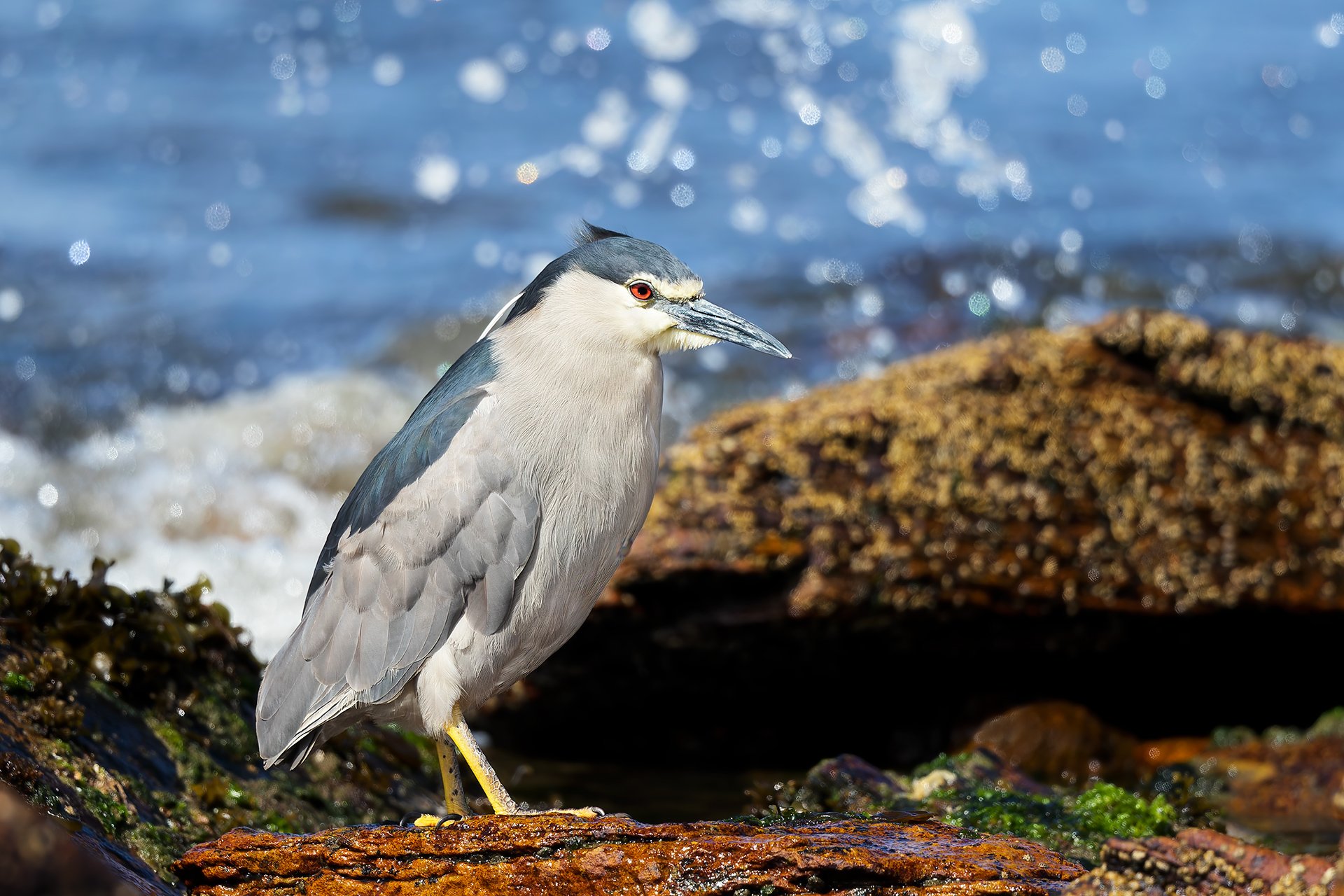Falkland Islands
My first experience with penguins in the wild was in 2007 on a holiday to Australia. On Phillip Island my wife and I sat down by dawn at a secluded beach to view Little penguins returning home from sea.
It was an amazing experience to have a group of the smallest penguin in the world to pass by just a few metres away. Since, I have been fascinated by these gorgeous flightless waddling birds.
As penguins live on the southern hemisphere it requires a huge effort to visit these charming birds from Denmark.
Often, I have been tuned into a cruise to Antarctica, but forcing the Drakes Passage was not high on my wish list. Furthermore, a cruise only allows few hours on land with the penguins.
Then, I realised that the Falkland Islands is an excellent alternative and did not hesitate to go as it is the most accessible place in the world to experience several species of penguins.
In February 2019, I travelled to the Falkland Islands to spend two weeks at five different locations on this remote group of islands in the South Atlantic Ocean only 1,200 km north of Antarctica.
Besides the main islands East Falkland and West Falkland there are about 750 small islands of which most of them are uninhabited.
The topography of the islands is very different with some mountains and areas with low lying landscapes and lots of fine sandy beaches.
Common to the islands is however a rocky terrain with an absence of trees. And the weather is very changeable and the wind almost always strong.
The average temperature is between 2 and 9 degrees Celsius during the year and during my stay – being summer in this part of the world – the day temperature varied from 5 to 15 degrees.
The number of tourists on the islands is very limited and even the most popular islands can only accommodate about ten guests at a time. Therefore, you can experience an extraordinary wildlife at close range and totally undisturbed.
Generally, wildlife has a genetic fear of humans but on the Falkland Islands it is different. If you approach slowly, penguins and other animals will continue their daily activities without paying attention to you. And it is amazing to sit among a penguin colony and follow their behaviour – as well as taking pictures!
Sea Lion Island
Sea Lion Island was the first location on my trip to the Falkland Islands and is the southernmost island with a 30 minutes flight from Stanley.
You need to stay at Sea Lion Lodge which is a nice accommodation with fine food.
The wildlife on the island is great with a big colony of Gentoo penguins just outside the lodge.
Therefore, you have easy access to photograph penguins and a lot of tussac grasses adds to the images.
Also, nearby the lodge is a small beach with some Magellanic penguins and the charismatic Striated caracara is a common visitor and very curious to people.
This most unusual bird of prey has a conservation status of near threatened as most of the world population of 2,500 live on the Falkland Islands.
It is easy to get close to these caracaras as they will walk towards you and investigate all your luggage. They are known for stealing mobile phones and even small cameras.
Down by the beach I also found a Cobbs Wren. This little bird is an endemic species to the Falkland Islands and now restricted to the outer islands.
And only a few hundred metres from the lodge awaits a huge experience – southern elephant seals!
About 95 percent of the Falkland Islands population is found on Sea Lion Island. These giants can be 5 metres long and weighs 4 ton being the largest pinniped in the world.
The breeding season begin in September and by November most have left the island. Therefore, being on Sea Lion Island in February was not the best time for southern elephant seals but quite often younger males will come ashore until April and by Elephants Corner a group of 10 to 15 were dozing at the beach.
They are HUGE and very impressive! Fortunately, they occasionally had to practice their fighting skills which allowed for great action images.
Unfortunately, I only managed to explore the northern part of the island. A few hours on the day of arrival and another full day is a bit too short a stay and I recommend at least one more day to allow for a visit to the southern part visiting the colonies of Rockhopper penguins and Imperial cormorants.
Sea Lion Island was a great start to my Falkland Island adventure and fully recommendable.
Pebble Island
Next on my itinerary was Pebble Island north of West Falklands and a 30 minutes flight from Sea Lion Island.
Flying between the islands is a special experience on board one of the small red Islander aircrafts run by Falkland Island Government Air Service.
They are very noisy but the views from above are amazing.
Runways are only a short gravel stripe or flat area of grass and the pilot is loading the luggage – no need for airport security staff!
Pebble Island is the third largest island outside the two main islands and you can only stay at Pebble Island Lodge. It is a very nice place and the food is delicious and plenty. As a curiosum, Prince Edward, the Duke of Kent, stayed in my room at the lodge in 2012.
The downside by staying at Pebble Island is that you have to drive far to get to the wildlife.
To the east is Tamar Point with a large colony of Rockhopper penguins and some Magellanic penguins. It takes about an hour to get there driving through a tough landscape without any road.
On our way to Tamar Point we passed Elephant Beach. It is a 6.5 km long sandy beach with some birds including Blackish Oystercatcher and Two-banded Plover.
At Tamar Point it is possible to photograph the Rockhopper penguins forcing the steep cliffs and, on the hillside, they are staying in great numbers.
Rockhopper penguin is the most common species on the Falkland Islands having one of the largest populations in the world. And more than 3,000 breeding pairs have been counted at Tamar Point.
Rockhopper penguins arrive to their breeding sites in the beginning of October and migrate for the winter in the middle of April. Therefore, the penguins were plenty during my stay in February.
Often, Imperial cormorants have breeding colonies associated with Rockhopper penguins and also being the case at Tamar Point. Therefore, it was possible to experience and photograph these distinctive birds with a bright blue eye ring and large orange knobs above the base of the bill.
On the western part of Pebble Island is Stinker Beach which is an amazing area with Gentoo penguins. It is an hour drive from the Lodge but definitely worth a visit.
All the time, Gentoo penguins walk to and from the sea and it is a super location lying flat on the sandy beach photographing the penguins returning from the sea.
However, it is always storming on the Falkland Islands so you have to protect your equipment against the strong wind carrying clouds of sand.
Pebble Island is fully recommended despite the long distance to the wildlife. I really enjoyed being on the island for two days and would have loved to stay longer.
Saunders Island
The second largest offshore island is Saunders Island. It is an hour flight from Stanley but only 15 minutes from Pebble Island.
You can stay at The Settlement where the owners of the island David and Suzan Pole-Evans live with their family but then you have a long drive to the wildlife. Therefore, you need to stay at The Neck or The Rookery.
Very modest accommodation at The Neck
The Neck is a 45 minutes drive from The Settlement. It is an old military portacabin and has two rooms with two bunkbeds each.
The conditions are very modest with only one bathroom and very little space to accommodate eight people. Furthermore, you have to be self-catering and it is possible to buy food including frozen ready meals at The Settlement.
However, the wildlife around The Neck is second to none!
Huge colonies of Gentoo penguins, Rockhopper penguins and Magellanic penguins are just outside the door. Even a small colony of about 25 majestic King penguins is only some hundred metres away.
I even had the luck to witness a hatching King penguin egg one afternoon.
Fine beaches on both sides of The Neck make it possible to choose the direction of the sun when taking images in the soft morning and evening light.
And the flexibility is optimal as you are staying right in the middle of the amazing wildlife.
By the way, The Neck is not just penguins.
More than 70 percent (500,000) of the world population of Black-browed Albatross breed on the Falkland Islands.
And on Saunders Island a colony of Black-browed Albatross stretch for several kilometres on the steep northern cliffs nearby The Neck.
Every year about 11,000 pairs return to Saunders Island in September to breed.
A single egg is hatched in December and the chick will leave the nest in April. Thus, a lot of cute fluffy chicks were nesting during my visit in February.
There is a lot of Rockhopper penguins on Saunders Island – 10,500 by the latest count in 2010. However, according to the locals the numbers have decreased dramatically during recent years and no one knows why.
A nice cottage at The Rookery
The most exciting location for Rockhopper penguins on Saunders Island is about 10 km east of The Neck. It is too long a walk along the steep cliffs but it is possible to stay nearby at The Rookery. A nice tourist cottage with two twin bedrooms only a short walking distance away from an amazing spectacle – the penguin shower.
A freshwater stream running off Mount Rookery down to the sea provides a small waterfall that is used by the Rockhopper penguins to clean their feathers.
It is amazing sitting on the cliffs surrounded by Rockhopper penguins returning from the sea and standing in line to get their turn in the shower.
Saunders Island is a must going to the Falkland Islands as the wildlife is impressive and right at your doorstep. However, an upgrade of accommodation would be welcomed – a full board lodge at The Neck would be great!
Carcass Island
In the north-westerly part of the Falkland Island is Carcass Island where you can stay at Managers House with full board. It took a 20 minutes flight from Saunders Island.
Managers House
You find a lot of songbirds nearby Managers House which is unusual to the Falkland Islands. Reason is, that the lodge is surrounded by trees and bushes making shelter for the always strong winds.
Also, the birds survive in such abundance as the island has been kept free of cats and mice for centuries.
On the rocky coast just outside the lodge you can even find some Night Herons and Rock Shags.
To find larger wildlife as penguins and Southern Elephant Seals you have to drive far across trackless terrain.
Nearby the airstrip in the northern part of the island is a small bay with about 30 Southern Elephant Seals. Mostly, they were dozing nearby the beach but we also enjoyed some activity at sea.
Carcass Island has a large number of Magellanic penguins, found all over the island. They arrive to the Falkland Islands early September to breed and the chicks fledge in February. By April, after moulting, the colonies are deserted.
The best penguin location on the island is Leopard Beach to the south. We did not find any Leopard Seals – they are only here during winter – but a lot of Magellanic and Gentoo penguins stayed at Leopard Beach.
Although Magellanic penguins are a bit shyer than other penguins it is still possible to get close. By observing their routes to the burrows when returning from sea it is just a matter of strategic positioning, then lay flat and keep quiet.
Leopard Beach is also a great place to take photos of Gentoo penguins down by the beach. They usually leave on foraging trips in the morning and return to the beach in the late afternoon.
If you are sitting quiet at the beach it is possible to get some great images of Gentoo penguins in the waves.
I only stayed at Carcass Island for an afternoon and one full day. However, it seemed to be sufficient. If you stay for longer it is recommended to take a daytrip with the boat to nearby West Point Island having huge colonies of Black-browed Albatrosses.
Volunteer Point
From Carcass Island we had an hour flight to Stanley – the capital of the Falkland Island – and the final stay on the two-week journey.
A visit to the Falkland Islands has to include a trip to Volunteer Point. It is a headland on the east coast of East Falkland and famous for the largest breeding group of King penguins on the Falkland Islands.
From Stanley it is a two hour drive each way. The journey is initially on paved roads but soon becomes an off-road trip in a huge 4WD vehicle.
The trip is strenuous but immediately forgotten when you are standing in front of a huge colony of 2,000 beautiful King penguins. Compared to 25 individuals at Saunders Island it is overwhelming – and deafening!
At Volunteer Point you are asked to keep a distance of at least 6 metres from the King penguins at all times as not to cause any undue disturbance.
However, King penguins are curious by nature and do not always comply to the rules!
About 90 cm tall the King penguin is the second largest species of penguin and a bit smaller than the otherwise very similar Emperor penguin.
The colony at Volunteer Point represent most King penguins on the Falkland Islands although you may find some very small colonies on a few other islands.
Huge numbers of King penguins are standing tight in the colony, but you also have the opportunity to photograph some individuals at the nearby beach.
On my daytrip to Volunteer Point we arrived at the King penguin colony at around 11 o’clock and could only stay for four hours before returning to Stanley as you have to drive in bright conditions due to the trackless terrain.
Being a wildlife photographer, this is the worse time of the day to take pictures as the sun – if there – is at its highest.
However, accommodation is available for up to four guests in the warden’s house at Volunteer Point.
I would have loved staying at the location for a few days to have sufficient time looking for great photo opportunities when the penguins walk between their colony and the beach. Also, to photograph in the morning and late afternoon when the soft light is at its best.
Closing remarks
Travelling to such a remote destination as the Falkland Islands is amazing – you almost feel like an explorer although the comfort has improved substantially compared to when Charles Darwin visited the islands for the first time in 1833.
Already then, Darwin had preliminary ideas about his evolution theory as he collected evidence of the geographical distribution of the now distinct Falkland Wulf that lived isolated on East and West Falklands.
And it is the only species from the Falkland Islands that he refers to in his later so famous publication “On the Origin of Species” from 1859.
According to his records from visiting the Falkland Islands he was very disappointed by the islands. “Few sorts of birds inhabit this miserable looking country …” and he concluded “… excepting some little geology nothing could be less interesting”.
Beauty really is in the eye of the beholder!
To me, the Falkland Islands offers a fantastic nature and wildlife.
Few other places in the world is it possible for a human being to such extent to be accepted by nature. It is very emotional sitting among penguins and albatrosses not caring about your presence and just continue in their everyday tasks.
Based on a newly published UN Report from Biodiversity and Ecosystem Services more than one million animal and plant species are now threatened with extinction – more than ever before in human history.
Evidently, something has to be done. However, humans inherently value nature and the first step could be to relive the extraordinary feeling of being a part of nature – going to the Falkland Islands and experience the amazing wildlife was a great beginning!




